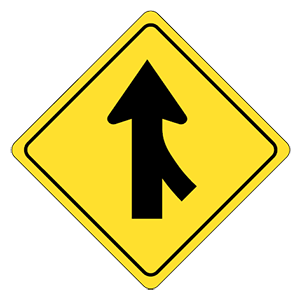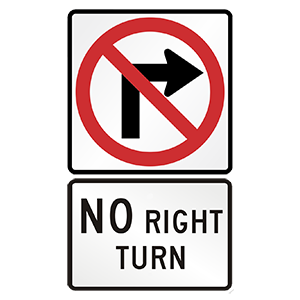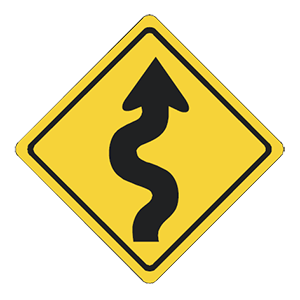2025 Iowa Permit Test 6
The following questions are from real DMV written tests. These are some of the actual permit questions you will face in Iowa. Each permit practice test question has three answer choices. Select one answer for each question and select "grade this section." You can find this button at the bottom of the drivers license quiz. For a complete list of questions and answers for Iowa please visit https://cheat-sheets.dmv-written-test.com/en/iowa/car.
Number of Tests
Number of Question
Passing Score
1. Which of these is a safe driving technique?
Explanation
To stay aware of hazards, you should scan the road and check your rearview mirrors every two to five seconds. Constantly staring at just the road ahead of you is dangerous. If you must drive in foggy conditions, you should use your low beam headlights, not your high beam headlights.
2. Which of the following statements about blind spots is true?
Explanation
Even if a vehicle is properly equipped with rearview and outside mirrors, it still has blind spots that cannot be seen in the mirrors. Large trucks have much larger blind spots than most passenger vehicles.
3. A speed limit is:
Explanation
A speed limit is the maximum or minimum legal speed you can travel on a road under ideal conditions. You may drive more slowly than the posted speed, but it is illegal to drive any faster. You must drive more slowly where signs or signs indicate a school zone or work zone speed limit. If conditions such as road construction or bad weather make the posted speed unsafe, drive under the speed limit.
5. When you see this sign, you should:

Explanation
Warning signs alert drivers to upcoming hazards and are usually yellow with black markings. This sign warns drivers about potential traffic merging into their lane from the right.
6. This sign means:

Explanation
A regulatory sign displaying a red circle with a red slash through the middle indicates that a specific action is prohibited. Right turns are not permitted where this sign is posted.
7. If another car is in danger of hitting you, you should:
Explanation
Your horn should be used to warn other drivers or pedestrians in situations where they may not see you. For example, if you think another driver is about to hit you, you should sound your horn.
8. When you see other drivers around you acting or reacting in anger:
Explanation

